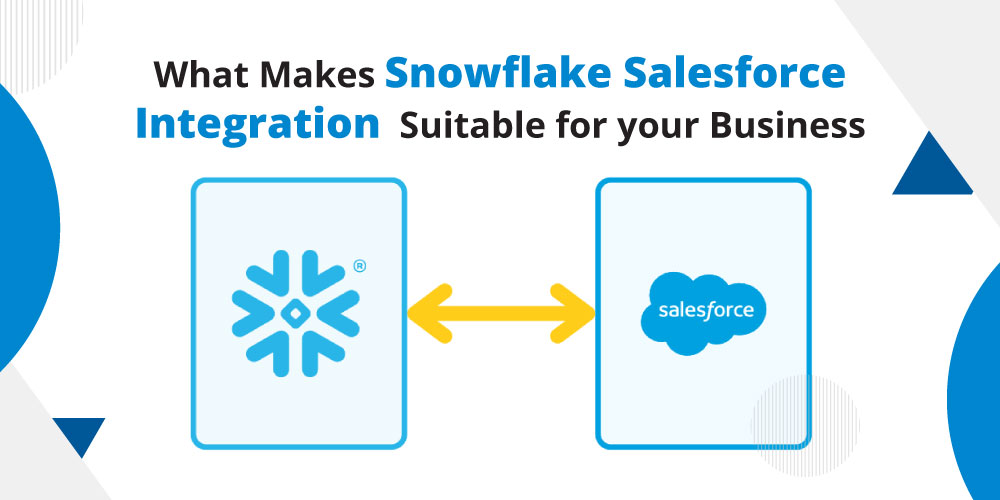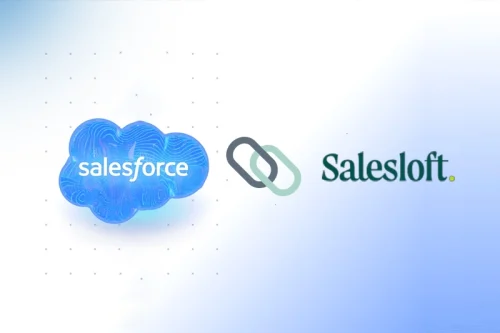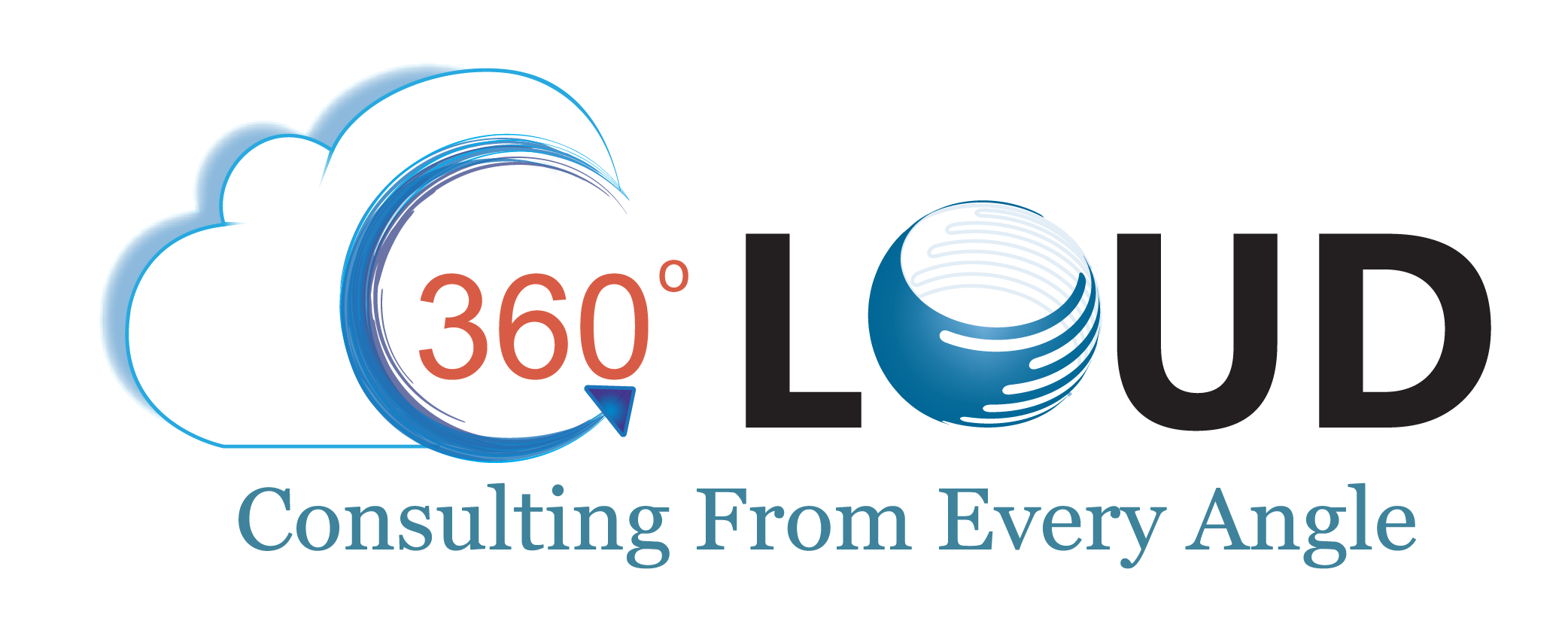What Makes Snowflake Salesforce Integration Suitable for your Business
19 Nov 2024
Table of Contents

Are you facing difficulty to handle the increasing amounts of customer and operational data? One of the reasons is that your data might be scattered across multiple systems due to which you aren’t able to evaluate it right. This challenge is becoming very common among growing businesses. But, you can efficiently unify your data, analyze it, and make decisions backed by insights! That’s right. That’s where the Snowflake Salesforce integration can revolutionize how you work.
With the integration, firms can achieve the ability to unify their data so all your teams can easily access it. It will not just help simplify processes, but also help firms work with smarter strategies and grow faster.
This blog will help you understand how integration can be a perfect fit for organizations looking to scale efficiently and grow.
Table of Contents
Why Consider Snowflake Salesforce Integration?
The integration of Snowflake and Salesforce helps firms achieve a unified approach through which they can handle the customer and operational data and efficiently manage it.
Here’s why this integration matters a lot for businesses:
1. Enhanced Data Accessibility: The integration can ensure that your teams have seamless access to all insights and historical data related to your customers, enabling them to take actions quickly.
2. Real-Time Insights: The integration will help businesses monitor customer behaviors, campaign performance, and trends, which will help teams make better decisions.
3. Scalability for Growing Data Needs: Snowflake’s elastic scalability ensures that as your Salesforce data grows with your business, storage and processing power can scale effortlessly without affecting performance or speed.
4. Cost Efficiency: Consolidating data into Snowflake and syncing it with Salesforce reduces reliance on multiple storage and analytics solutions. This minimizes overhead costs while maintaining high performance.
How Snowflake Salesforce Integration Add To Your Business Value
We’ve carefully curated a list of few points that shows how this integration can really be valuable.
1. Unified Data for Better Collaboration
A Salesforce Snowflake integration ensures all teams with the firm are working with the same updated data. This will help to improve collaboration and also to minimize chances of errors.
2. Optimized Marketing Campaigns
Snowflake will analyze Salesforce data with its data warehousing capabilities, enabling marketing teams to easily segment customers and run campaigns accordingly after the integration.
3. Streamlined Customer Experiences
Firms can gain a deeper understanding of customer journeys and tailor interactions to their preferences by combining Snowflake’s robust data processing with Salesforce’s CRM capabilities.
4. Improved Sales Forecasting
For the sales teams, the integration can be very beneficial, enabling them to work with real-time analytics that will help them understand trends and evaluate the opportunities that are likely to convert.
5. Enhanced Security and Compliance
Snowflake development solutions offer robust encryption and compliance features, ensuring that all Salesforce data stored and analyzed remains secure and adheres to regulatory requirements.
6. Data Enrichment and Transformation
The integration helps businesses to get a unified view of all data sources through which they can have a better understanding of customers.
How to Achieve a Successful Snowflake Salesforce Integration
Unlocking the full potential of integration between Snowflake and Salesforce will be dependent explicitly on an organization’s implementation of the following best practices, among others:
1. Understand Objectives: Determine your primary goal first. Whether it is centered on achieving deeper customer insight, better operational efficiency, or cost reduction, ensure your approach to integration aligns directly with the objective in play.
2. Embrace Automation: Streamline the process of sharing data by using a tool like MuleSoft or creating custom APIs. Here, the business would need to write the code for invoking services for the CRM and ERP systems. However, this would still be more efficient for CRM and ERP communication because automation reduces manual errors, making the integration process well-oiled.
3. Utilize Business Intelligence Tools: Use BI tools like Tableau or Power BI: This will provide you with analytics on the data coming in from both platforms; critical insights from the data that empowers better decision-making across departments.
4. Maintain Data Quality: Focus on data integrity by implementing robust validation and cleansing procedures. This ensures that only accurate and reliable data flows between Snowflake and Salesforce, enhancing the effectiveness of your integration.
5. Seek Expert Support: Engage experienced professionals, certified consultants or Snowflake implementation partners to design and implement a tailored integration plan. Their expertise can help you navigate potential challenges and maximize the benefits of the integration.
Achieve Successful Snowflake Salesforce Integration with the Best Experts
Achieving efficient Snowflake integration with Salesforce can help businesses enable efficient data warehousing features and get the most trending insights. The integration helps firms to walk parallel with the innovation, enabling them to improve customer experiences.
From scaling business operations or optimizing performance, integrating Snowflake and Salesforce can help achieve goals and move towards growth. Contact us and let the best Salesforce experts assist you with a seamless and successful integration.
About the author
Editorial Team – 360 Degree CloudThe Editorial Team at 360 Degree Cloud brings together seasoned marketers, Salesforce specialists, and technology writers who are passionate about simplifying complex ideas into meaningful insights. With deep expertise in Salesforce solutions, B2B SaaS, and digital transformation, the team curates thought leadership content, industry trends, and practical guides that help businesses navigate growth with clarity and confidence. Every piece we publish reflects our commitment to delivering value, fostering innovation, and connecting readers with the evolving Salesforce ecosystem.
Recent Blogs
 Salesforce Clouds
Salesforce Clouds
Complete Guide to Salesloft Salesforce Integration for Sales Team
In the fast-paced world of modern sales, efficiency is driven by a powerful duo: Salesloft for high-velocity outreach and Salesforce as the ultimate system of record. While Salesloft serves as the “cockpit”…
Read More Salesforce Services
Salesforce Services
10 Best Salesforce Implementation Partners to Consider in 2026
In 2026, Salesforce is far more than a CRM; it is a complex, AI-driven engine powered by Agentforce and Data Cloud. While the platform’s potential to transform business is…
Read More Salesforce Clouds
Salesforce Clouds
How Salesforce Data 360 Fuels Context-Aware AI Agents
The core issue crippling most enterprise AI projects is fragmented, incomplete, and outdated data. Customer records are often scattered across the CRM, ERP systems, data…
Read MoreReady to Make the Most Out of Your Salesforce Instance?
Our Salesforce aces would be happy to help you. Just drop us a line at contact@360degreecloud.com, and we’ll take it from there!
Subscribe to our newsletter
Stay ahead with expert insights, industry trends, and exclusive resources—delivered straight to your inbox.



